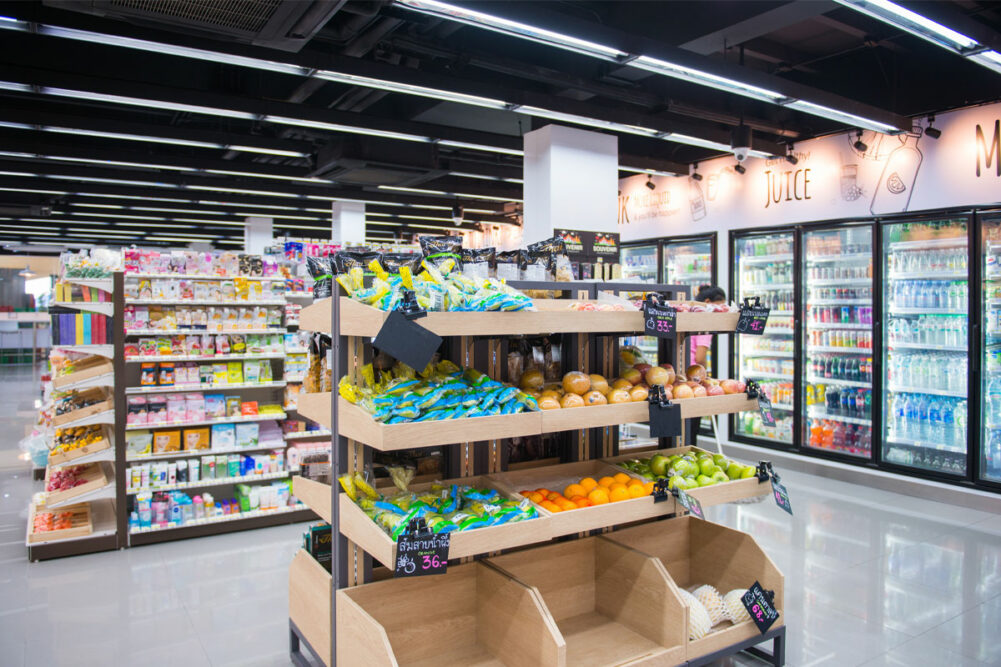
KANSAS CITY — The recovery of the convenience store channel following the stay-at-home orders implemented to slow the spread of COVID-19 in 2020 has been impressive. Even with the lockdowns lifted, it could be assumed more people working from home would negatively impact the channel, but consumer mobility has returned to normal steadily, and category performance has demonstrated the importance of convenience stores to consumers.
Convenience format operators saw in-store sales increase to a record $277.9 billion in 2021, according to National Association of Convenience Stores’ (NACS) State of the Industry data released in April 2022. The industry grew in-store sales despite a decline in the number of convenience stores, which totaled approximately 150,000 at the start of 2022. Shoppers purchasing more items per trip contributed to sales gains, with the average convenience store basket size growing 6% in 2021, offsetting a 7% decline in the number of in-store transactions during the previous two years.
Helping many convenience store operators differentiate and grow have been improved foodservice offerings that complement packaged food and beverage sales. Foodservice, which includes prepared food, commissary, hot dispensed beverages, cold dispensed beverages and frozen dispensed beverages, saw sales grow 24.1% in 2021 and were 10.6% higher than 2019 levels.
Overall, foodservice accounted for 22.5% of in-store sales in 2021 — significantly higher than the 16.8% reported a decade ago. Foodservice now accounts for 35.5% of in-store gross profits, compared to 29.2% in 2011.
After declining 8.5% in 2020, sales of prepared food — the largest foodservice segment at 66.7% of foodservice sales dollars — rose 25.9% in 2021 and were 15.2% higher than in 2019. Lagging have been hot dispensed beverage sales (coffee, tea, hot chocolate) that have not recovered to pre-pandemic levels and continue to represent the second-largest segment of foodservice sales (13.2%), followed by cold dispensed beverages (7.8%), commissary (6.6%) and frozen dispensed beverages (5.8%).
The positive trends appear to have continued in 2022. Data from The NPD Group, Chicago, show visits to convenience stores for foodservice items were up 2% in the three months ended November 2022 compared to a year ago.
Consumer spending on foodservice menu items at convenience stores was up 8% for the combined months of September, October and November versus a year ago. Units and dollars for products shipped from foodservice distributors to convenience stores increased by 3% and 13%, respectively, compared to a year ago.
The morning daypart, which accounted for almost 25% of foodservice visits to convenience stores, grew traffic by 3% and was a key contributor to total visit growth in the most recent quarter ended in November, The NPD Group said. The evening snack period, which increased by 4%, also contributed to foodservice traffic growth at convenience stores during the period. Traffic at lunch, typically the most popular for convenience store foodservice, was up 2% compared to a year ago.
There has been considerable discussion about how the COVID-19 pandemic has reshaped food and beverage demand patterns. More people working and socializing from home has benefited some market segments and disadvantaged others. The recovery of the convenience channel — notably through upgraded foodservice offerings that make some stores destinations vs. quick stops — may be an indicator the market is inching back to patterns closer to pre-pandemic levels.




